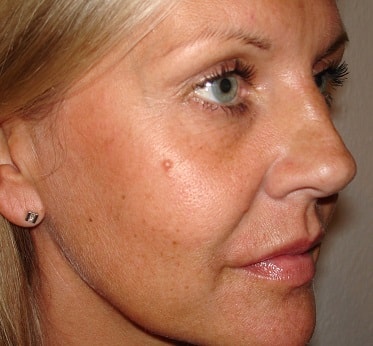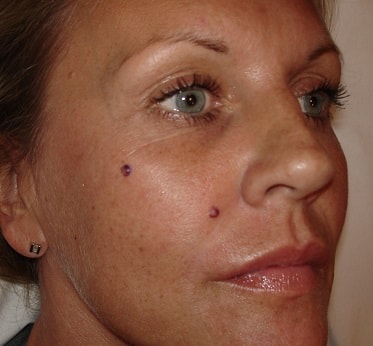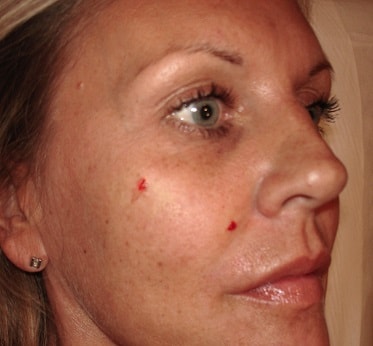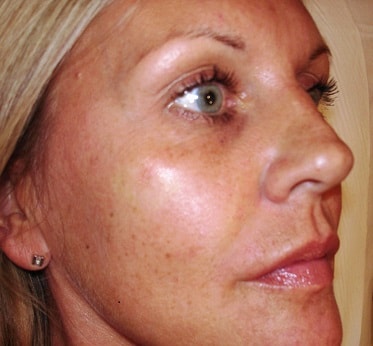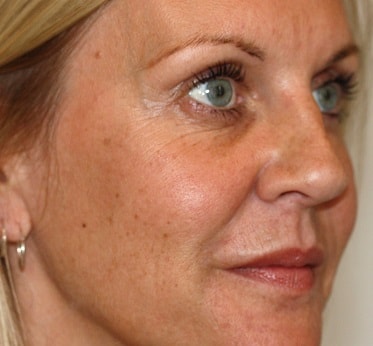Most moles are removed using a combination of surgery and laser to achieve the best cosmetic result.
Local anaesthetic is used to ensure the procedure is painless. The commonest way to remove moles that protrude from the skin is by a shave excision. The procedure involves using a dermablade to remove the mole parallel to the surface of the skin. This leaves a small superficial wound which is then cauterised with a laser to stop any bleeding and tidy the wound. The whole process takes about 20 minutes. No stitches are needed and healing takes about 1 to 2 weeks.
Occasionally we use an elliptical excision for moles that are suspicious or where the cosmetic result is likely to be better than a shave excision. It is a deep excision that removes the mole completely. A cautery laser is then used to stop any bleeding. The resulting wound requires stitches which can be either dissolvable or non dissolvable depending on the site of removal.
Your specialist will advise which method of mole removal is most appropriate for you.

